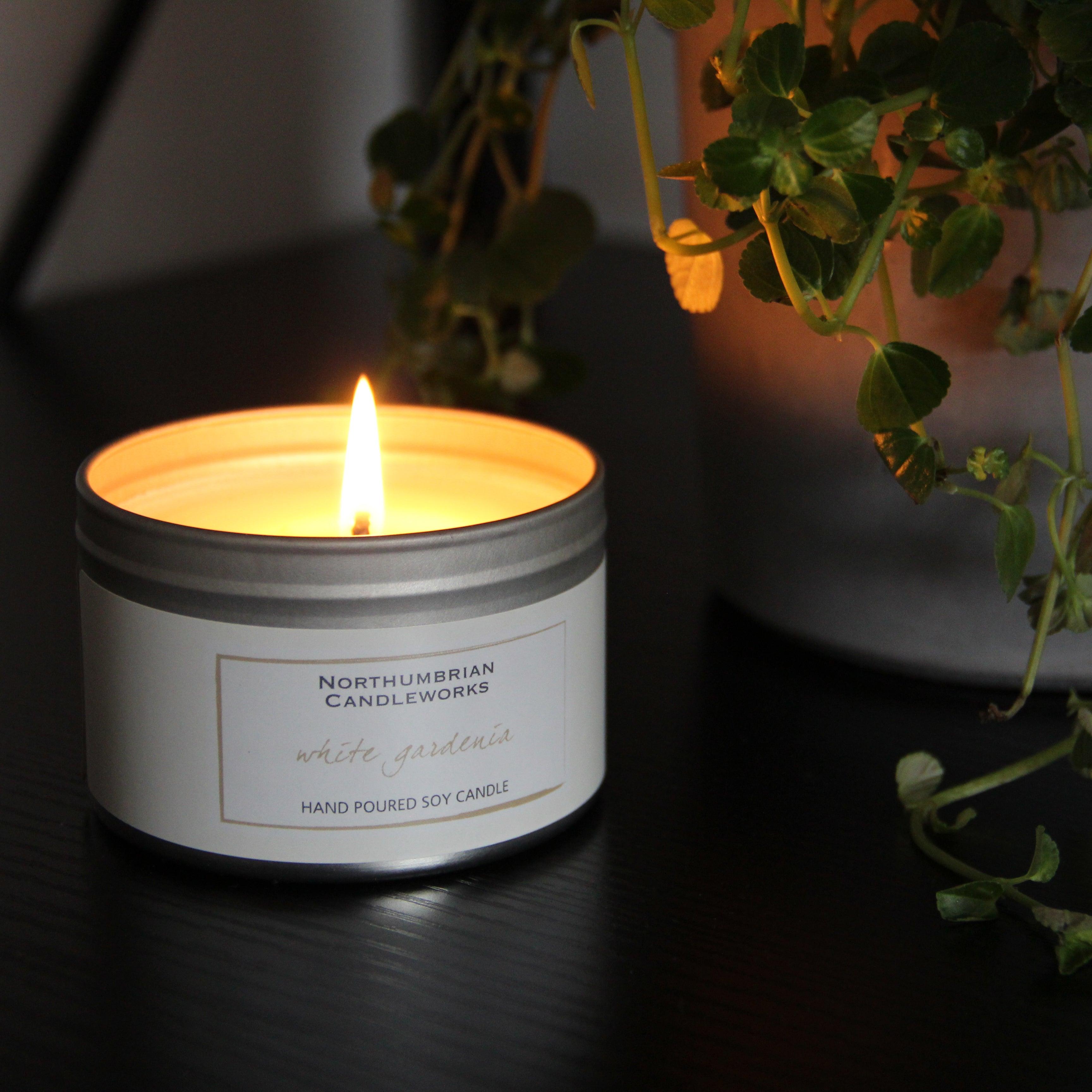Discover the Magic of Crystal Soy Candles and Home Fragrance
Discover the Magic of Crystal Soy Candles and Home Fragrance
Blog Article
From Wick to Wax: Comprehending the Chemistry Behind Soy Wax Candles and Their Ecological Influence
As we illuminate our spaces with the warm glow of candle lights, there exists a realm of detailed chemistry behind the seemingly basic act of lighting a soy wax candle light. Join us as we decipher the scientific intricacies behind soy wax candles and discover their ramifications on our environment.
Soy Wax Vs. Paraffin Wax
When comparing soy wax and paraffin wax for candle light production, it is important to recognize the distinct characteristics and benefits of each material. Soy wax is an all-natural, sustainable source originated from soybean oil, making it eco-friendly and environmentally friendly - crystal soy candles. In comparison, paraffin wax is a result of oil refining, which elevates concerns concerning its ecological impact and sustainability
Soy wax candle lights shed cleaner and emit much less soot contrasted to paraffin wax candles, making them a much healthier choice for interior air high quality. In addition, soy wax has a reduced melting factor, permitting for a longer-lasting candle that distributes scent extra effectively. Paraffin wax, on the various other hand, has a tendency to shed faster and less cleanly, potentially launching dangerous chemicals right into the air.
From a sustainability viewpoint, soy wax is favored for its biodegradability and sustainable sourcing, aligning with the growing consumer choice for eco conscious items. While paraffin wax has actually been a conventional choice in candle light making as a result of its cost and ease of usage, the shift towards green alternatives like soy wax is acquiring momentum in the industry.
Chemical Make-up of Soy Wax

Combustion Process in Soy Candles
The chemical structure of soy wax straight affects the burning process in soy candles, impacting elements such as burn time, fragrance launch, and ecological effect. When a soy candle is lit, the warm from the flame thaws the wax near the wick.
The combustion performance of soy candle lights is affected by the purity of the soy wax and the quality of the wick. In addition, soy wax candles have a lower ecological effect contrasted to paraffin candle lights due to their eco-friendly and biodegradable nature.

Ecological Benefits of Soy Wax

Considered a sustainable alternative to traditional paraffin wax, soy wax offers notable environmental benefits that make it a preferred option among eco-conscious customers. Soy wax burns cleaner and creates much less soot than paraffin wax, contributing to much better indoor air top quality and reducing the demand for cleansing and upkeep. Overall, the environmental advantages of soy wax line up with the expanding demand for green and lasting products in the market.
Recycling and Disposal Considerations
Reusing and correct disposal of soy wax candle lights play an essential function in keeping ecological sustainability and decreasing waste in neighborhoods and families. The first action is to make certain that the candle has burned totally when it comes to reusing soy wax candle lights. This can be accomplished by enabling the candle to shed until the wick is no much longer functional, and after that allowing the staying wax cool and solidify. As soon as the wax has actually solidified, it can be very carefully eliminated from the container.

In regards to disposal, if recycling is not an option, soy wax candles are eco-friendly and can be safely thrown away in many house waste systems. However, it is constantly recommended to check with neighborhood reusing facilities or waste monitoring services for particular guidelines on candle disposal to make certain appropriate handling and ecological defense.
Conclusion
In final thought, the chemistry behind soy wax candles reveals their environmental advantages over paraffin wax candle lights. Soy wax, stemmed from soybean oil, burns cleaner and produces much less residue when contrasted to paraffin wax. The burning procedure in soy candle lights is much more efficient, causing a longer and more even shed. Additionally, soy wax is biodegradable and eco-friendly, making it an extra lasting option for candle light production. Reusing and correct disposal of soy wax candle lights better add to their environmental influence.
When contrasting soy wax and paraffin wax for candle making, it is essential to recognize the distinct features and advantages of each material (soy candles).Soy wax candles shed cleaner and send out much less residue compared to paraffin wax candles, making them a much healthier selection for indoor air quality.Thought about a sustainable choice to typical paraffin wax, soy wax provides significant environmental advantages that make it a preferred option amongst eco-conscious customers. Soy wax burns cleaner and generates less residue than paraffin wax, adding to better indoor air top quality and soy wax candles decreasing the demand for cleansing and upkeep.In verdict, the chemistry behind soy wax candle lights exposes their environmental benefits over paraffin wax candles
Report this page